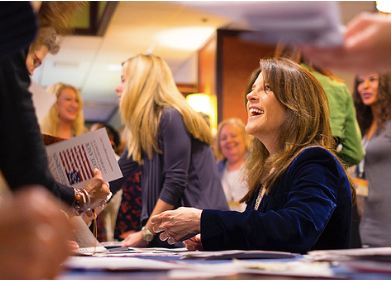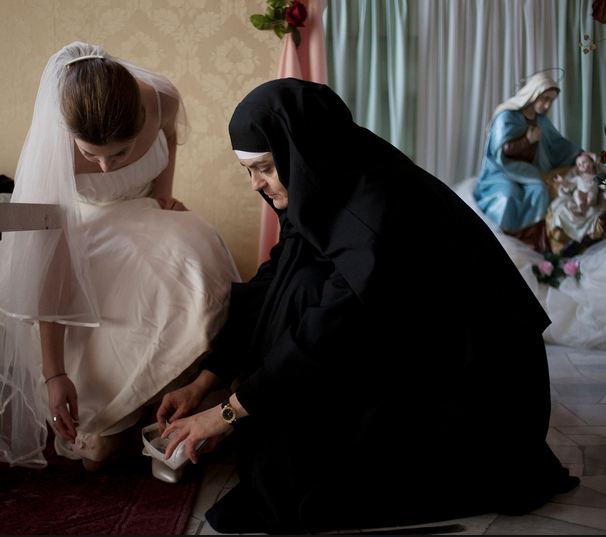by Grace Lim
Japanese authorities revealed on Friday that almost 300 copies of Anne Frank’s Diary of a Young Girl had been mutilated in public libraries in Tokyo and other nearby cities. The landmark book portrays the experience of a young girl during the Holocaust, and is read all over the world. This book and other related Holocaust books were found with pages ripped out, rendering them unreadable.
The motivation behind the vandalism is still a mystery, as authorities continue the search on who did it. The Simon Wiesenthal Center, a Los Angeles-based Jewish human rights group, issued a press release that reporters quoted in their stories.
“The geographic scope of these incidents strongly suggests an organized effort to denigrate the memory of the most famous of the 1.5 million Jewish children murdered by the Nazis in the World War II Holocaust,” said Rabbi Abraham Cooper, the center’s associate dean.
“Only people imbued with bigotry and hatred would seek to destroy Anne’s historic words of courage, hope and love in the face of impending doom,” Cooper added.
BBC coverage of the event said that there has not been Jewish settlement in Japan, and the country has “no real history of anti-Semitism.” It also quotes an Israeli expert on Japanese history and culture who said that the book has been “exceptionally popular and successful in Japan.” This article emphasized the innocence of the Japanese at large, suggesting that this must be an isolated incident.
On the other hand, the New York Times report alluded to some Japanese magazine articles and books that deny the Holocaust ever happened, or that assert there is a Jewish conspiracy behind some historical events. The article refers to a 1979 book that incorrectly claimed the name of the plane that dropped the atomic bomb on Hiroshima meant “kill the Emperor” in Yiddish. The Times’ coverage suggests that there is some anti-Semite background in Japan, and that the Japanese are capable and culpable of such acts of vandalism.
English-language Japanese media also used accusatory tones in covering the story. Japan Today points toward a “rightward shift” in Japanese politics that could be blamed for the incident. The article accuses nationalist Prime Minister Shinzo Abe of making provocative comments about Japan’s wartime past, statements that prompted allegations of revisionism from China and South Korea. The Japan Today story also mentions a 1995 magazine article by a Japanese doctor who said the Nazi gas chambers used to exterminate Jewish people did not exist. The publisher of the magazine that published the article discontinued publication and fired the editor.
The BBC thus seems sympathetic toward the Japanese, whereas American and Japanese news media are unwilling to overlook the country’s former imperialism and its damnable behavior during World War II.
Until the is solved, it might be too soon to cite anti-Semitism as the motivation behind the mutilation of the books. But it’s also understandable why Jewish activist groups are calling the act a “hate crime.” What motivation other than anti-Semitism explains the event?
Still, as journalists we’re told to get both sides of the story, even if both sides are hard to discern. The Times and Japan Today have the right idea: shining some light on the history of anti-Jewish sentiment in Japan may help to expose the truth.






